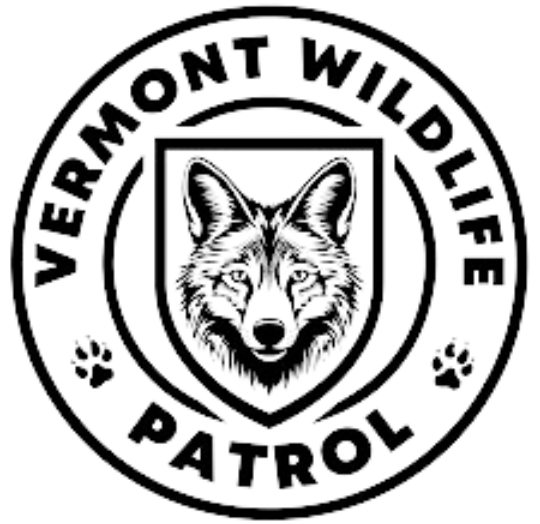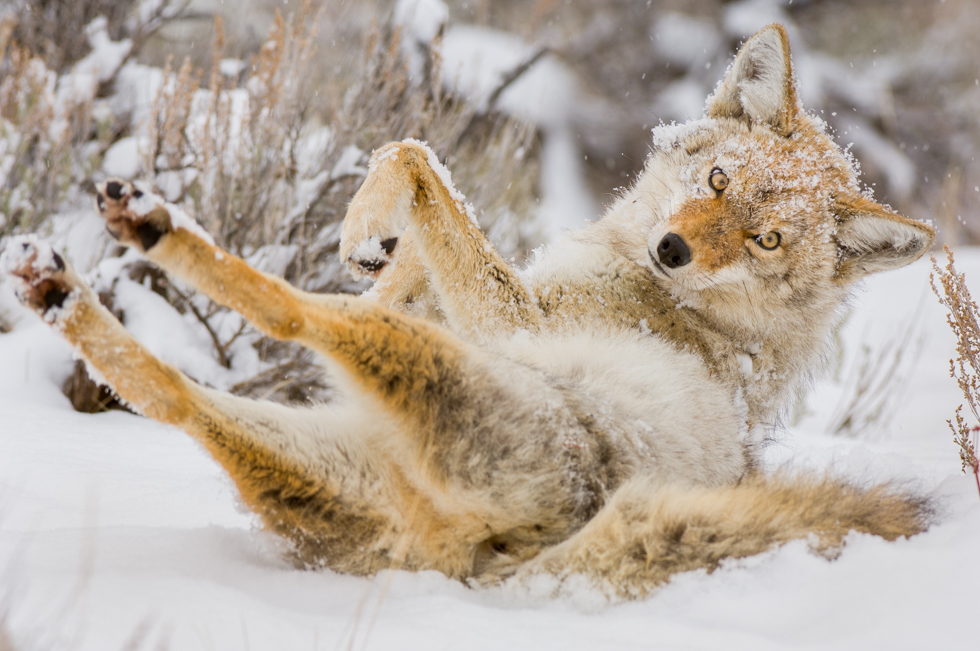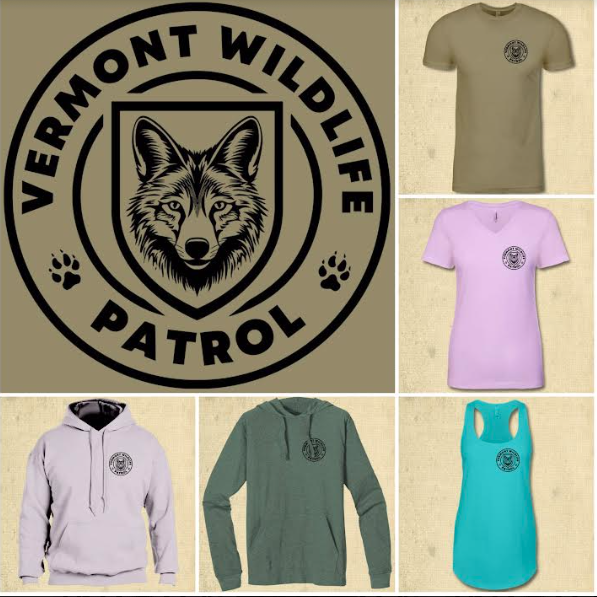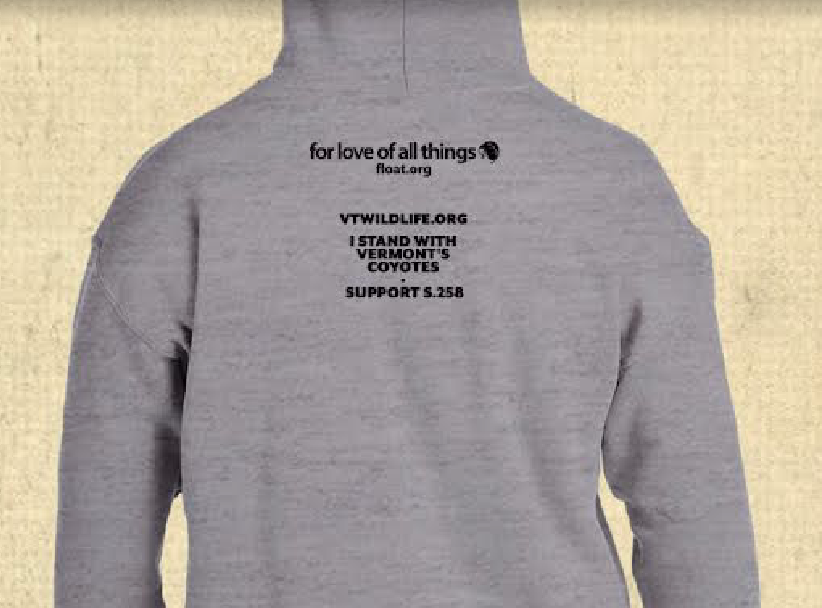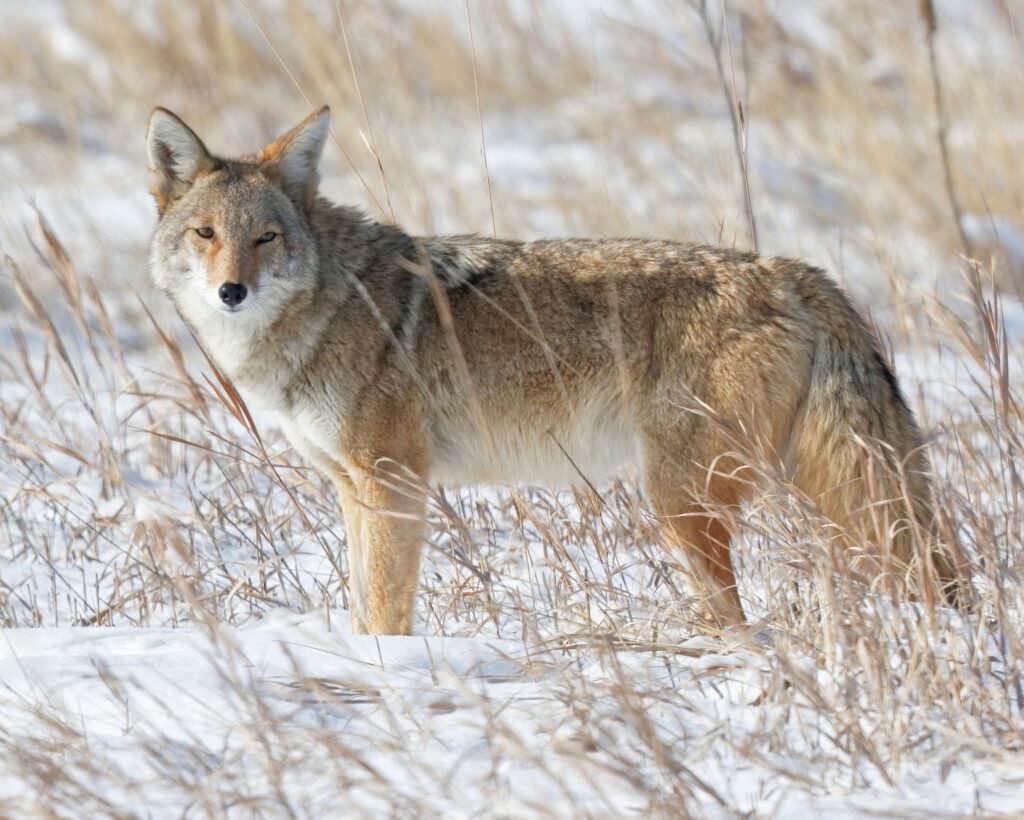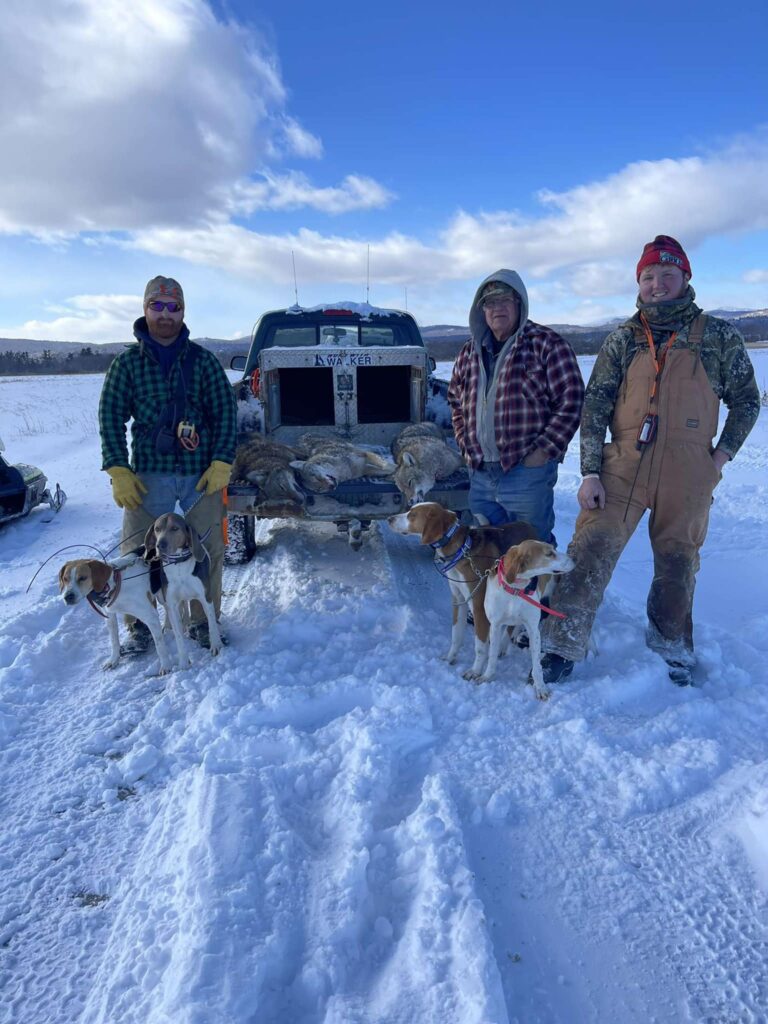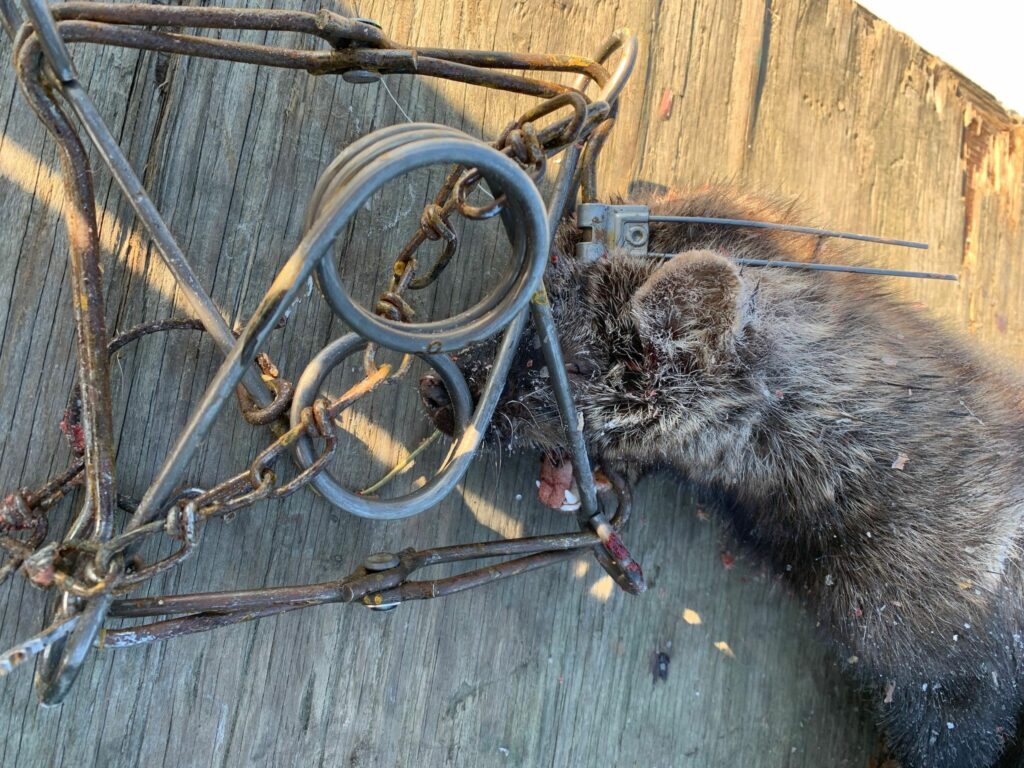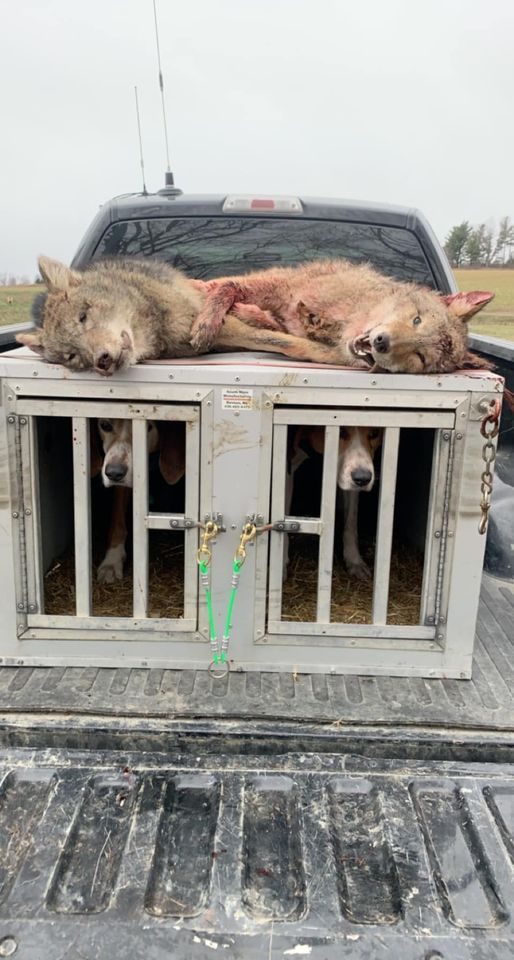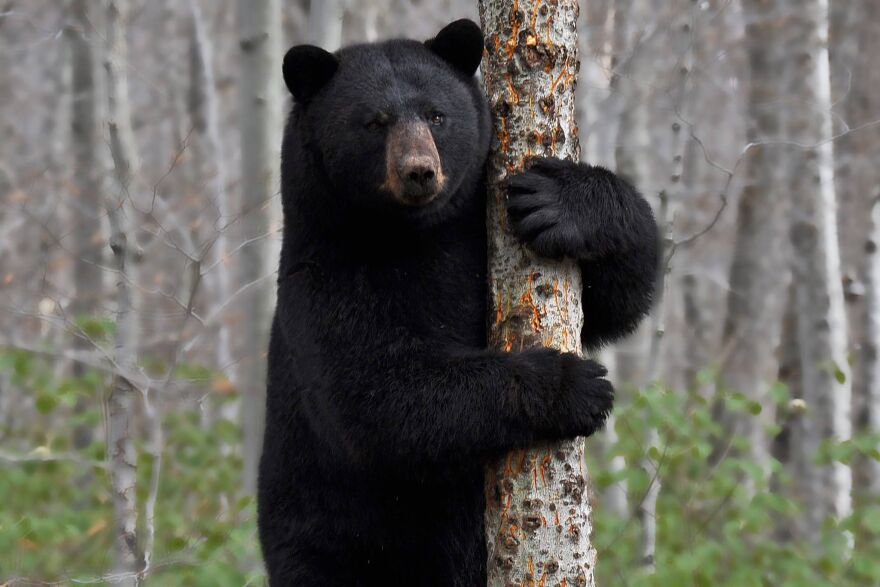
No longer will it be legal for bear hunters or others in Vermont to legally sell any internal organs of black bears.
On the closing days of Vermont’s 2024 legislative session, wildlife advocates and the Vermont Fish & Wildlife Department worked together to recommend amendment language to an agricultural bill that would end the legal sale of black bear internal organs and paws. Both are the subject of an international illegal trade in black bear parts that is responsible for illegal bear killings in the United States, Canada and other countries. Senate Bill 301 which passed both the House and Senate on May 10, is now headed to Governor Phil Scott’s desk where he is expected to sign the bill into law.

In September 2023, Vermont Wildlife Patrol asked both the Vermont Fish & Wildlife Department and Board to address the continuing illegal trade in black bear parts that Vermont was contributing to through the legal sale of bear parts which is currently allowed in the state. VWP state Director Rod Coronado testified that, “It seems that states that allow the legal trade of bear gall bladders are accommodating the illegal trade by allowing those (illegally taken) gall bladders to come into the state to be sold.” VWP’s position was echoed by the Vermont Fish & Wildlife Department’s Chief Warden, Justin Stedman at the May 15, 2024 Vermont Fish & Wildlife Board meeting where he stated there were two active investigations into the illegal sale of bear parts in Vermont and that allowing the legal sale of bear parts was contributing to the sale of illegally taken gall bladders which could be brought into the state and legally sold.

Vermont Fish & Wildlife Commissioner Christopher Herrick joined by District Chief Warden Lt. Robert Currier testified to the Senate Committee on Agriculture, Food Resiliency and Forestry that, “We’ve experienced paws being trafficked from the state of Vermont all the way down into Boston and Chinatown, and then we have information that they’re ultimately ending up being shipped to the Asian market overseas. A serving of bear paw soup has been reported to be sold for up to $1,000…just one serving of this soup. You can imagine the amount of money that is being transferred and made off of the natural resources of our state…we are one of the very few states in the country that allows for the sale of these items.” Warden Currier further testified that wildlife traffickers are coming into Vermont to legally buy black bear gall bladders and paws and then illegally ship them out of state where they enter the illicit trade that has decimated black bear populations outside of North America. Vermont’s Deputy Chief Counsel, Michael O’Grady testified that, “Vermont is one of the last (states) to have this provision so it’s kind of a harbor for people who do this kind of activity.”
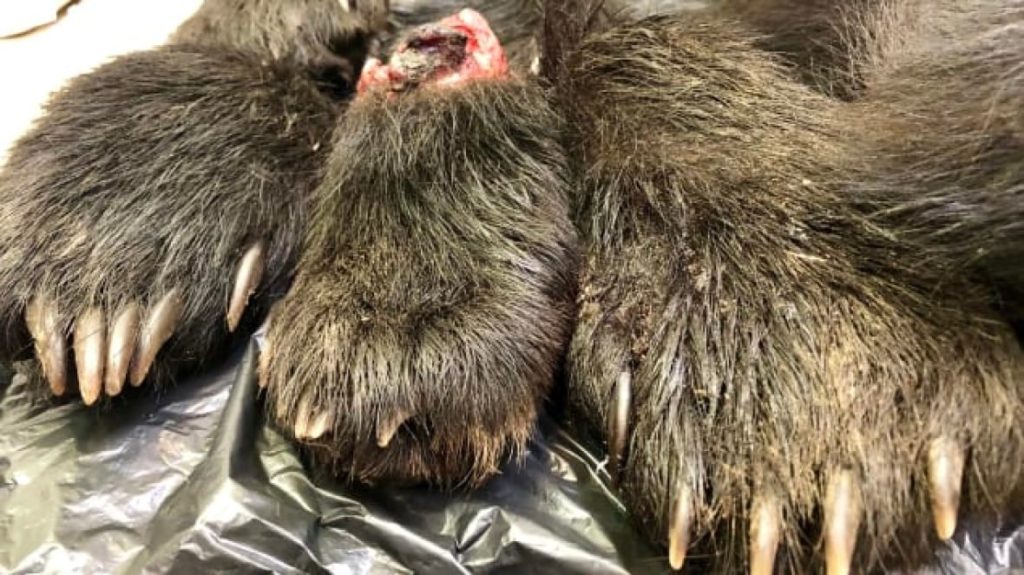
While Vermont Fish & Wildlife had recommended and supported the introduction of earlier legislation in the session to end the sale of black bear organs, the original bill did not survive. In the closing days of this year’s session, lobbyist Patti Komline and Bob Galvin were instrumental in getting the bear language added to SB301 with the support of Commissioner Herrick. At the May 15, 2024 Vermont Fish & Wildlife Board meeting in Montpelier, both Vermont Wildlife Patrol and Bob Galvin thanked VFWD’s Commissioner Herrick and the Warden Service for their work on S.301 and expressed support for working together on similar threats to Vermont’s wildlife. Despite a contentious legislative season that saw many wildlife advocates testifying against practices like coyote hunting with dogs and a lack of representation within the Fish & Wildlife Board, Vermont Wildlife Patrol believes the common love for wildlife shared by advocates and the Vermont Fish & Wildlife Department and Board will continue to be a foundation for future efforts to protect the wildlife we are all entrusted to protect.
